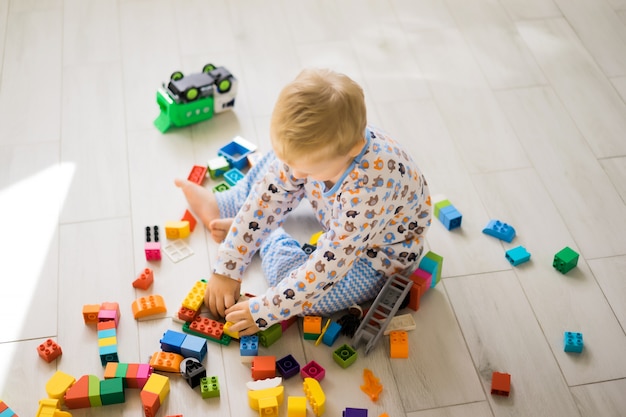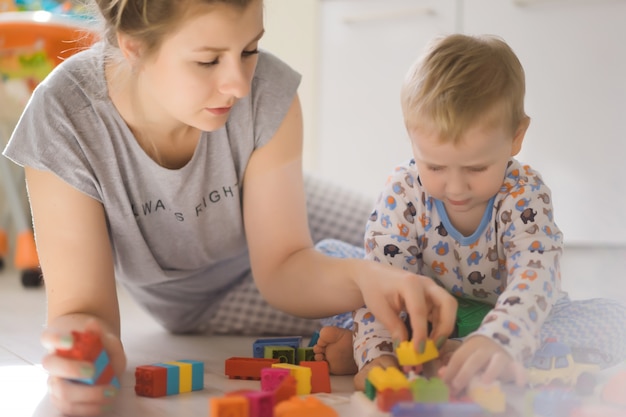Why to kill the curiosity in Early Childhood?
Exploring and experimenting are key in our first years of life. Our own nature pushes us to learn by seeing, touching, smelling, listening, tasting,... all our senses are needed in this process.
Everyday in my classroom I can see my students enjoying with the hands-on activities, the materials in the workstations,... They always approach the stations of learning and attracted by the materials begin to use them and admired make comments to others. These experiences are precious since they develop many skills as cognitive, communicative, social,... It´s sad when sometimes we hear just at this moment the voice of the teacher/parents/legal guardian to keep silent and to make a line, indicating "it is not worth touching, just seeing".
Many theories of learning tells us that the child's learning in our early years has to do with our thinking levels; it is necessary to keep in mind the object and not only to observe it but to interact with it if we want them to question, reflect, imagine, generate ideas,... The object, by itself in front of the person who learns about it, does not serve as mediator of learning, it is not through a merely contemplative act (visual) as knowledge is constructed, that is, the object is an instrument whose function is to trigger cognitive development. (see my post about Bloom´s Taxonomy)
The first impulse of children when they are in front of an object is to touch it and ask. These are opportunities to foster the intellectual curiosity that surely leads to cognitive development. Touching the object is synonymous with questioning about it. For this reason, the adult must be close to them to answer their questions, to ask them questions, to explain its characteristics. The role of the teachers (and educators/parents/legal guardians) is to solve the doubts of children, trying to offer real explanations that stimulate their curiosity and cognitive processes.
Learning from the use of objects (Vigotsky, 2000)
Parents/legal guardians/educators should invite children to manipulate the objects and ask him interesting questions that awake their interest and stimulate their expression (communicative skills), reflection and analysis (thinking levels).
In fact there are those researchers who affirm that intelligence is measured by the use of instruments to solve problems, based on the Latin origin of the word:
inteligere, composed of intus (between) and legere (choose);
so we can deduce that being smart is knowing how to choose the best option among those given to solve a problem
When children look at an object they immediately have the desire to understand it, and manipulating it is the best way to do it. The work in the classroom must include the contents within natural situations making connections with situations of real life and this implies the interaction of the children with real objects.
To prevent children from mistreating objects, we are only showing our dark side of the teaching. If it is a very delicate or dangerous object for the child, we must help him with care to touch him and explain the reasons for it.
Interact with the reality is the basis of learning, questioning reality and recreating it to understand it is the body, develop cognitive processes and generate knowledge is its maximum expression. Even adults need to touch objects, for example: to show us a shirt is not enough to tell us it is cotton, we immediately touch it. To ask toddlers/young children not to touch and only observe is to attempt against their nature and their right to learn.



No comments:
Post a Comment